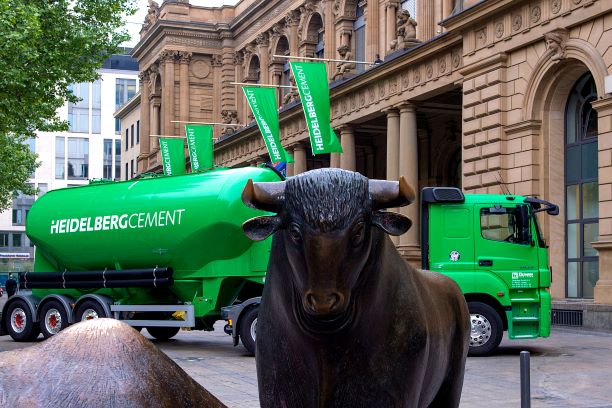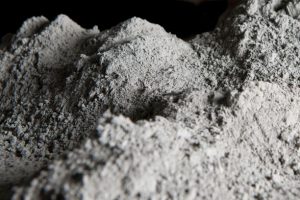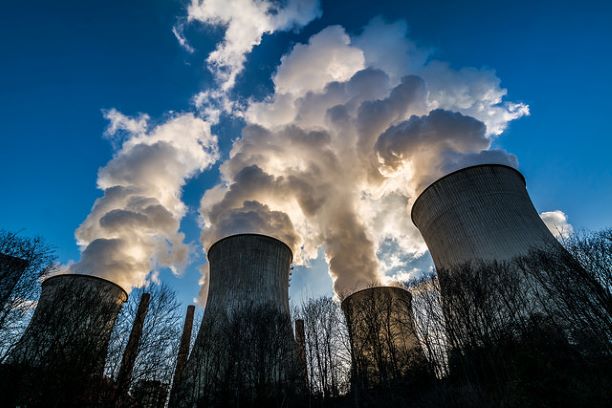Global Cement Giant Heidelberg Commits CO2 Neutral Concrete by 2050
 HeidelbergCement bullish on carbon neutrality
HeidelbergCement bullish on carbon neutrality
The world’s fourth largest cement company HeidelbergCement earlier this week announced to bring its emission reduction targets in line with the goals of the Paris Agreement.

HeidelbergCement, which currently employs about 58,000 people in 60 countries, has committed to slash direct emissions by 15 percent per tonne of its products by 2030 from 2016 levels. It also committed to cut indirect emissions, for example from its electricity supply, by 65 percent a tonne within the same time-frame.
Following a thorough validation procedure, HeidelbergCement’s CO2 reduction targets 2030 have been successfully assessed against the Science-Based Targets initiative’s (SBTi) criteria. The SBTi-approved target is consistent with HeidelbergCement’s previously formulated goal of a 30% reduction in its specific net CO2 emissions by 2030, compared with 1990.
“The commitment, which is part of the company’s wider vision to realize CO2-neutral concrete by 2050 at the latest, is a powerful signal that the built environment is transitioning towards a zero-carbon future,” said Jennifer Gerholdt, corporate engagement director at We Mean Business, a coalition of companies promoting climate action.
“It’s also vital for the decarbonization of entire economies, given concrete is the most widely used man-made substance on earth, one of the hardest to decarbonize and in growing demand due to rising population and urbanization.”
The cement sector accounts for around seven per cent of carbon dioxide emissions, according to the International Energy Agency (IEA) while Chatham House pegs 8% of CO2 contribution.
The move comes as the number of new buildings is tipped to grow in the coming years, in particular in Africa and Asia. This rapid expansion will test a 30% energy intensity improvement in buildings by 2030, required to put the industry on track to meet the goals of the Paris Climate Change Agreement, according to the IEA and UN Environment.
To date, HeidelbergCement has already managed to achieve a reduction of 20% and is in a leading position when it comes to the development of new technologies for CO2 sequestration and use, e.g. by returning the CO2 into the material cycle of cement and concrete through recarbonation.
Heidelberg joined the Science-Based Targets initiative or SBTi, under which corporations submit their strategies. The SBTi independently assesses and validates corporate emissions reduction targets against the latest climate science: Targets adopted by companies to reduce greenhouse gas (GHG) emissions are considered “science-based” if they are in line with the goals of the Paris Agreement – to limit global warming to well-below 2°C above pre-industrial levels and pursue efforts to limit warming to 1.5°C.









